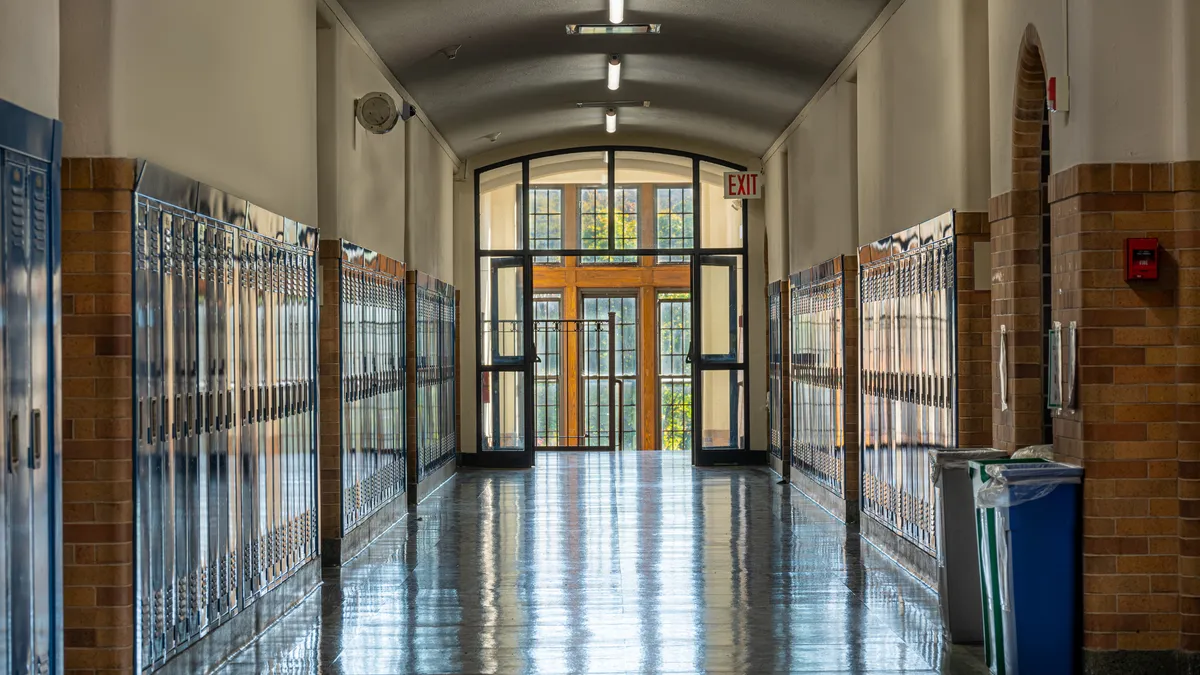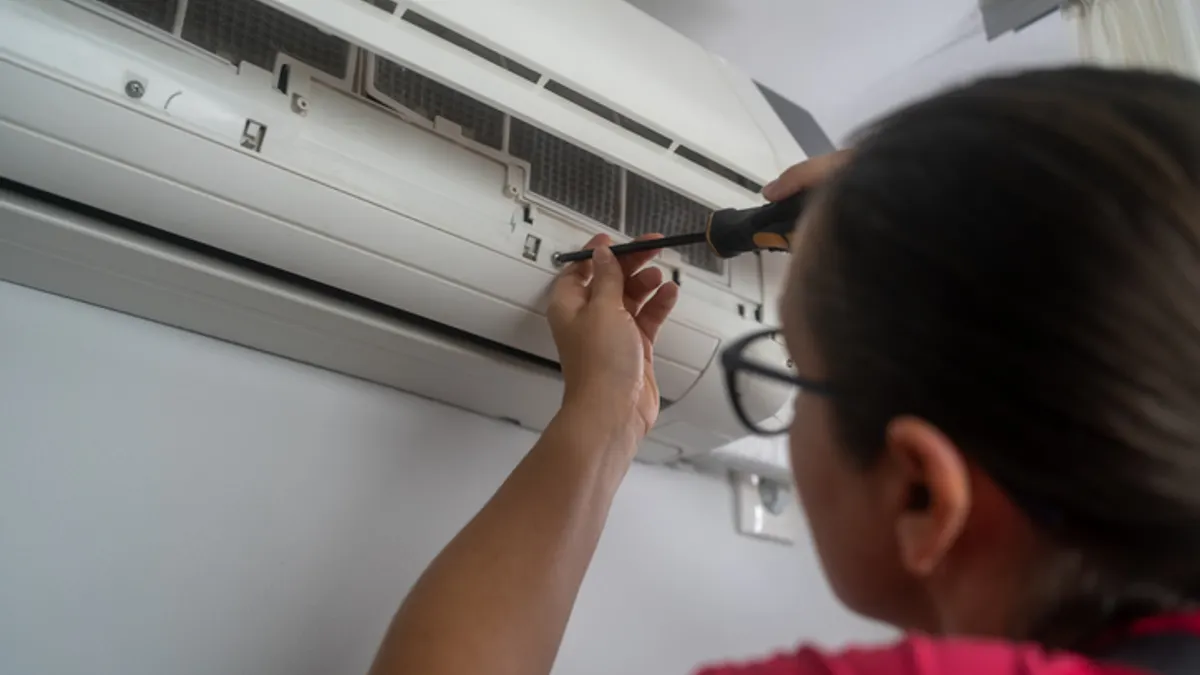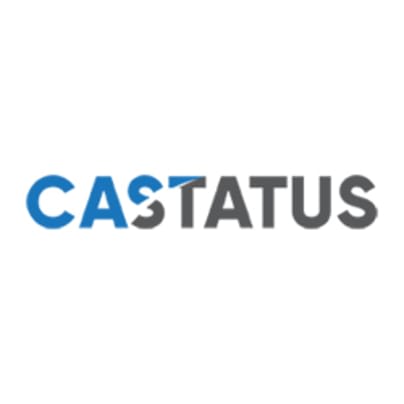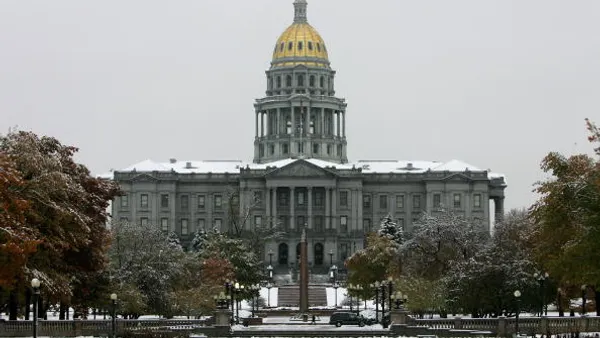Dive Brief:
- The U.S. Department of Energy has opened recognition applications alongside the start of the 2024-2025 Efficient and Healthy Schools program, which provides technical assistance to K-12 schools looking to decarbonize buildings.
- The EHSP, run by DOE and Lawrence Berkeley National Laboratory, allows districts to apply for recognition in categories for assessment and benchmarking, retrofit implementation, operations and sustainable commitment, according to a webinar presentation by the EHSP released Oct. 9. Districts can sign up for the program at any time, with 9,236 schools across 228 districts participating in the program as of September, DOE says. These schools collectively serve over 5.4 million students, according to the webinar slides.
- To receive technical assistance, districts must reach out to the program and participate in an onboarding interview, according to the EHSP webinar. DOE said it will connect districts with subject matter experts and follow up with both “points of contact to ensure technical assistance is provided and beneficial.”
Dive Insight:
The EHSP provides technical assistance across nine categories, including general program support; energy management; goal setting and planning; technologies and systems; indoor air quality; decarbonization; solar and renewables; resilience; and funding.
The program aligns with the DOE’s priorities and targets, which include reducing U.S. building emissions 60% by 2035 and 90% by 2050, compared with 2005 levels, while “enabling net-zero emissions economy-wide and centering equity and benefits to communities,” according to the EHSP presentation. Additional goals include reducing on-site energy use intensity in buildings 30% by 2035 and 45% by 2050; slashing on-site greenhouse gas emissions in buildings 25% by 2035 and 75% by 2050; and cutting embodied emissions from building materials and construction 90% by 2050, all compared with 2005 levels, tripling demand flexibility potential from 2020 levels to “enable a low-cost and resilient net-zero grid.”
Districts can earn the district recognition by best performing school in the district or Energy Star certification, for existing buildings that operate 75% or more efficiently than similar buildings nationwide, per the presentation. . The program previously recognized 13 U.S. school districts during the White House Summit for Sustainable and Healthy K-12 Buildings and Grounds in April, including Broward County Public Schools in Florida, Lansing Public School District in Indiana, Livonia Public Schools in Michigan and the School District of Neillsville in Wisconsin.
Project partners include local contractors, environmental health and safety consultants, utility representatives, project managers, architects, engineers, community members, financial planners and district staff, administration and school board members, EHSP says.
Benchmarking is a key part of that technical assistance, with the EHSP working to help districts identify underperforming schools and buildings to target efficiency improvements. The program also sets investment priorities to compare savings across buildings for informing decisions on how to allocate capital and maximize returns on investment and verifies savings through continuous tracking of energy use over time.
The process can help identify best practices that are replicable across schools and enable districts to share and report their performance in energy, water, waste, greenhouse gas emissions and indoor air quality, and educate classes and the municipality about how schools are performing.
This data collection practice is particularly beneficial for “having honest conversations with the community,” Lance Gregorich, project manager and environmental health and safety manager for the school district of Neillsville, said in the webinar. These projects and installations are “long-term community investments,” and require coordination with the community to overcome adversity with planning, cost and implementation, Gregorich said.
Additionally, the EHPS provides a quick building assessment form to help districts identify energy improvement opportunities; a DOE asset score tool that generates recommendations for implementing energy efficiency retrofits; and a third-party site audit or energy efficiency measure identification and impacts analysis provided by a contractor. The Lawrence Berkeley National Laboratory also provides a school prototype and energy retrofit resource, per the presentation. This resource can act as a reference for elementary and secondary schools interested in implementing retrofit packages in their facilities for energy savings, as well as health and safety benefits, according to a November 2022 report by LBNL.
Schools and districts interested in 2024-2025 recognition awards must submit their applications and request for assistance from the program, if needed, by Dec. 20. Applicants will be notified of recognition in January and will be invited to attend an in-person celebration at the Green Schools Conference in March 2025, per the presentation.
EHSP will host a topical webinar on the program on Nov. 14 at 2 p.m. Eastern Time.













